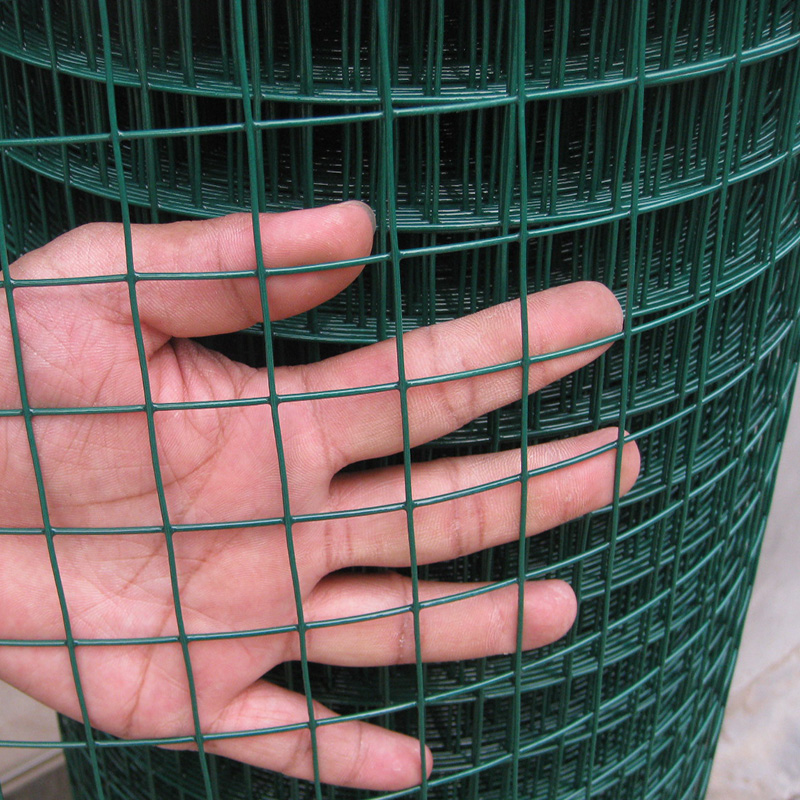-
+86 15030157877
-
sales@galvanizedmetalmesh.com
Jun . 04, 2025 07:20 Back to list
Premium Perforated Metal Mesh Sheets - Suppliers & Factory Direct
- Market insights and growth trends for perforated metal solutions
- Technical advantages and innovation in fabrication processes
- Comparative analysis of manufacturing capabilities
- Material science behind durable perforated mesh
performance - Custom design engineering and specification flexibility
- Diverse industry applications and success stories
- Selecting reliable perforated mesh supply partners

(perforated mesh)
Perforated Mesh Advancements Transforming Industrial Applications
The industrial landscape continues to witness remarkable evolution in perforated mesh technology. Leading perforated metal mesh sheet manufacturers are driving innovation across sectors from construction to filtration systems. According to recent market analyses, global demand for precision perforated products has grown by 12% annually since 2020, with architectural applications accounting for 34% of consumption. The versatility of these materials enables solutions where both functionality and aesthetics are paramount, allowing designers to create visually striking structures with engineered performance characteristics.
Engineering Superiority Through Advanced Fabrication
Modern perforation techniques employ CNC punching technology achieving tolerances within ±0.15mm, significantly surpassing traditional methods. Material thickness capabilities now range from 0.3mm to 12mm, accommodating everything from fine filtration to structural reinforcement. Laser calibration systems ensure pattern consistency across sheets, with hole densities reaching 10,000 openings per square meter. This precision reduces waste material by 22% compared to conventional stamping processes while improving structural integrity. Micro-perforation innovations create holes as small as 0.1mm diameter for specialized applications requiring ultra-fine filtration or acoustic damping properties.
Manufacturing Capability Analysis
| Producer | Production Capacity (sqm/month) | Material Options | Maximum Sheet Size | Industry Certifications |
|---|---|---|---|---|
| MetalPerf Solutions | 42,000 | Stainless, Aluminum, Copper | 3m x 10m | ISO 9001, AS9100 |
| PrecisionPerf Group | 28,500 | Steel, Brass, Monel | 2.5m x 8m | ISO 14001, PED |
| PerfTech Industries | 36,200 | Titanium, Galvanized, Inconel | 3.5m x 12m | ISO 9001, API Spec |
Material Science Foundations
The durability of perforated mesh derives from material properties carefully selected for application environments. 316L stainless steel variants dominate corrosive settings with chromium content exceeding 16.5%, while architectural aluminum alloys employ specialized tempering to achieve tensile strengths over 290 MPa. Advanced polymer coatings provide enhanced chemical resistance with thicknesses between 80-120μm, extending service life by up to 7 years in harsh conditions. Porosity calculations determine structural load capacity; square-hole patterns maintain 40-45% open area without compromising rigidity, while staggered circular perforations achieve 60%+ void space for optimal airflow and drainage.
Design Flexibility for Project-Specific Requirements
Flexible manufacturing processes enable perforated metal mesh sheet factories to create tailored solutions without minimum volume constraints. Design parameters include hole geometries (round, square, slot, hexagonal), arrangement patterns (straight, staggered, diagonal), and edge treatments (hemmed, returned, welded frame). Acoustic specialists report that custom hole arrangements reduce noise transmission by 21 dB when incorporated into building envelopes. Industrial designers frequently combine multiple perforation sizes across a single panel for aesthetic effects, with modern software converting architectural patterns into machine-ready specifications within 24-hour turnaround times.
Industry-Specific Implementation Successes
Automotive manufacturers have integrated perforated panels into vehicle architectures, reducing weight by 18% compared to solid components while maintaining structural crash requirements. In Rotterdam's central station, parametric perforated facades span 9,000 square meters using weather-resistant aluminum sheets with computational fluid dynamics optimizing thermal performance. Food processing plants now deploy specialized conveyor belts featuring micro-perforations under 0.5mm, increasing drainage efficiency during washing cycles by 60%. Recent architectural competitions specify perforated elements in 73% of winning designs for large-scale civic projects, highlighting the growing preference for functional aesthetics.
Choosing Dependable Perforated Mesh Supply Partners
Selecting qualified perforated metal mesh sheet suppliers requires evaluation beyond basic specifications. Established manufacturers maintain comprehensive testing protocols with laboratory facilities verifying material composition and corrosion resistance. Production plants should demonstrate capability documentation with accredited measurement systems traceable to national standards. Leading perforated metal mesh sheet manufacturers typically offer design consultation services with structural engineering support, ensuring products meet specific loading requirements and regulatory compliance. Industry leaders invest in continuous process improvement, with top performers achieving defect rates below 0.3% while maintaining 98% on-time delivery metrics across complex custom orders.

(perforated mesh)
FAQS on perforated mesh
Q: What materials do perforated metal mesh sheet manufacturers typically use?
A: Manufacturers primarily work with stainless steel, aluminum, galvanized steel, and copper alloys. These materials offer corrosion resistance and structural versatility for diverse applications like architecture and filtration systems.
Q: How do I choose a reliable perforated metal mesh sheet supplier?
A: Evaluate suppliers based on ISO certifications, custom fabrication capabilities, and industry-specific experience. Reputable suppliers provide material test reports and samples to verify quality before bulk orders.
Q: What quality controls do perforated metal mesh sheet factories implement?
A: Factories employ laser measurements for hole accuracy, weight tolerance checks, and surface inspections. Automated optical scanners detect inconsistencies in pattern uniformity and material defects throughout production.
Q: Can perforated mesh patterns be customized for specific projects?
A: Yes, manufacturers can create custom hole shapes (round, square, slot) and arrangements. They use CAD programming and CNC punching machines to achieve precise geometric configurations for architectural or acoustic needs.
Q: What industries commonly use perforated metal mesh sheets?
A: Key applications include building facades in construction, filtration screens for mining/oil industries, machine guards in manufacturing, and speaker grilles in automotive sectors. Different hole patterns serve functional and aesthetic purposes.
-
High Quality Stainless Steel Wire Mesh Roll & Supplier Wholesale Price
NewsJul.22,2025
-
Hexagonal Gabion Mesh: Durable Stone Cages for Landscaping
NewsJul.22,2025
-
Premium Black Brick Welded Mesh - High Strength & Corrosion Resistant
NewsJul.21,2025
-
High-Quality Chicken Wire Panels Leading Manufacturer & Exporter
NewsJul.08,2025
-
High-Quality Concrete Reinforcement Wire Mesh – Reliable Steel Mesh Manufacturers & Exporters
NewsJul.08,2025
-
High-Quality Aluminum Expanded Mesh Leading Manufacturers & Exporters
NewsJul.08,2025



